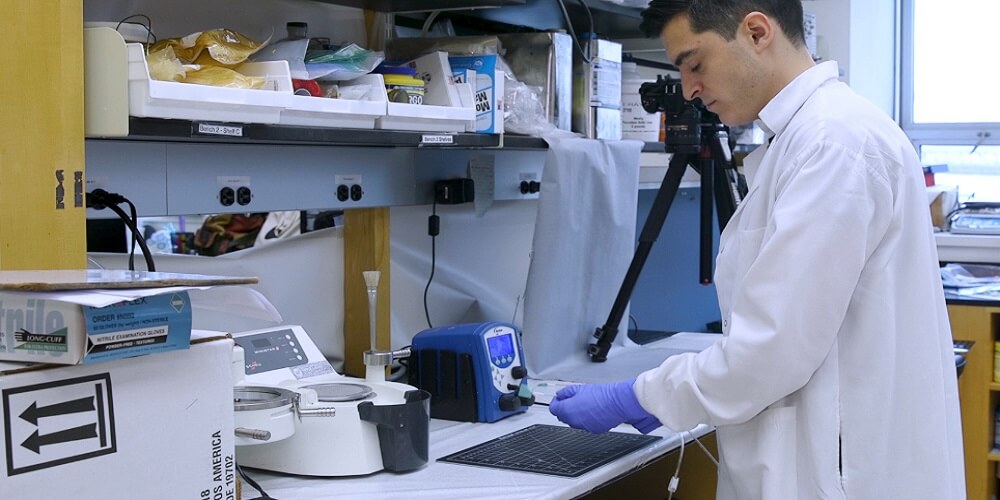There has been so much confusion about rapid manufacturing processes over time. People wonder whether it’s the same with rapid prototyping processes, and if they are different, what are the differences? For those who don’t know what rapid manufacturing is, it’s simply a series of methods and manufacturing processes that enhance flexible and swift prototype production.
When you carry out the prototyping process, you will obtain data from your CAD model. That data is then analyzed via non-conventional tools to create a blueprint for the rapid manufacturing process. Well, it’s one thing to understand the process, but it’s another thing to get the right company to do it for you. DDprototype is here to cater to your needs. If you want to know more about them, click the website.
Now, what are these non-conventional tools? They are professional automation software that carefully monitor and control the manufacturing process. The right program goes a long way to monitoring the part, and there is a difference between 3D modeling software and unique CAD software with pre-existing model data.
Without further ado, let’s answer some of the most confusing questions you may have about rapid manufacturing. Ready?
Let’s delve in.
Your budding rapid manufacturing questions answered
1. What are the types of rapid manufacturing processes?
As mentioned earlier, rapid manufacturing processes embody several processes which include- additive manufacturing, vacuum casting, CNC machining, etc. Here is a brief description of these processes:
- Additive manufacturing: This is one of the most popular rapid manufacturing processes, if not the most popular. One great thing about this process is its fast turnaround time. However, it does have its limitations because the accuracy is not consistent and the materials used are very restrictive.
You can only use photosensitive polymers. If you want to use Nylon, it will take a longer time to process and be more expensive.
- Vacuum casting: this process is often employed when 3D printing can’t be used. If 3D printing doesn’t support the material, vacuum casting can be used to create a mold.
- CNC machining: This process is making great strides in industries. The process cost depends on the tolerance, material, surface finish, and prototype parts quantity.
2. What materials can be used for rapid manufacturing processes?
Materials used in rapid prototyping are so many before. In times past, popular materials were glass, ceramic, plastics, metal, etc. In recent times, the UV-curing sol-gel crept into the market. It’s great because it produces very small components for large systems with ease.
3. Is there a difference between 3D printing and additive manufacturing?
No, there is not. They are terms that can be used interchangeably.
4. What of injection molding?
Injection molding is almost the same as vacuum casting. It produces almost anything, from surgical instruments to automobiles. First, a professional has to create a mold (which requires a great amount of skill due to its complexity and several machine operations)
These molds are designed with a cavity and split into two. Then, molten material is injected into the mold and fills up the entire material. This process has limitations because cross-sections of materials can be really thin.

